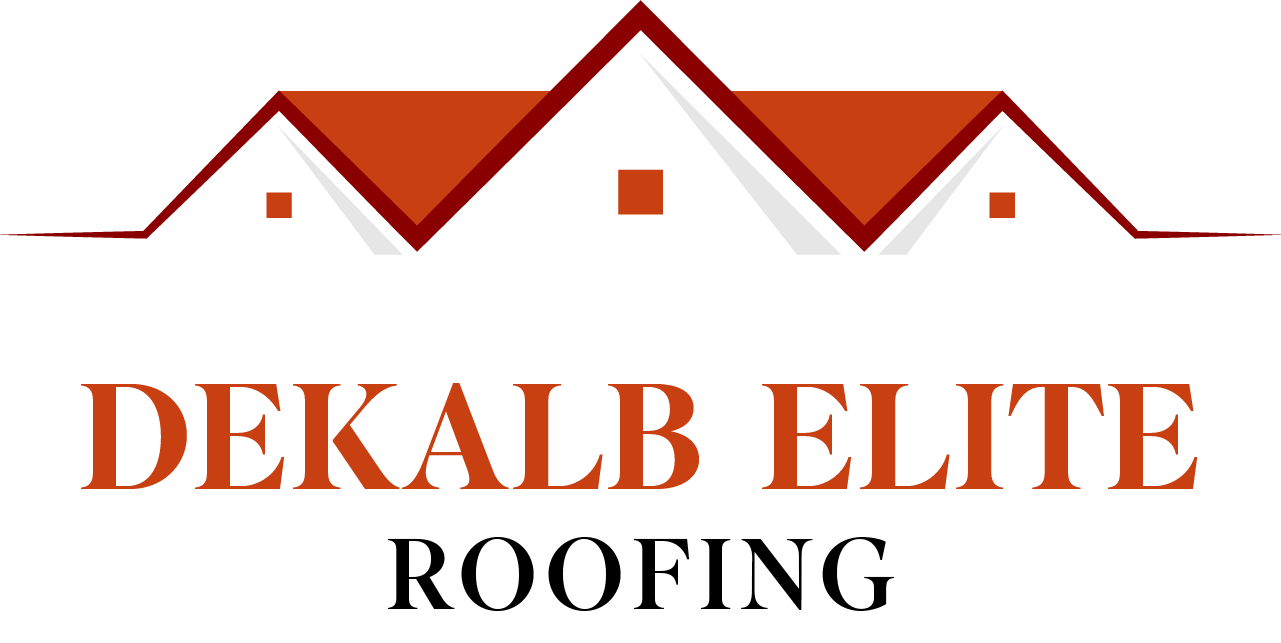Spray Foam Insulation
Spray foam insulation creates an airtight seal, reducing air leaks effectively. We apply it as a liquid that expands to fill gaps and cracks, blocking heat loss.
It comes in two forms: open-cell and closed-cell foam. Closed-cell has a higher R-value, meaning better insulation, and also adds structural strength.
This option is best for those wanting long-term savings and strong protection against moisture. Our trained team ensures proper installation to avoid gaps or uneven coverage.
Blown-In Insulation
Blown-in insulation uses small particles, often fiberglass or cellulose, which we blow into attic spaces.
It fits well around obstructions like pipes and wires. This makes it good for retrofitting older homes or filling irregular spaces.
Blown-in insulation helps improve energy efficiency by reducing heat transfer. We carefully control the density to keep it from settling over time.
Batt and Roll Insulation
Batt and roll insulation consists of pre-cut panels or rolls, usually made of fiberglass or mineral wool.
We install these by fitting them between attic joists. It’s a simple and widely used method that provides consistent coverage.
This type is cost-effective and easy to install, making it a practical choice for many homeowners. We measure carefully to minimize gaps and overlaps.
Common Attic Insulation Problems We Solve
We address key issues that reduce the effectiveness of attic insulation. These problems can cause energy loss, moisture buildup, and damage to your home. Fixing them helps improve comfort and lowers utility bills.
Dealing With Uneven Insulation
Uneven insulation happens when some parts of the attic have thick coverage while others have little or none. This causes cold spots and energy waste. We use specialized tools to locate thin areas and add insulation to create a consistent layer.
We remove old, compressed insulation when needed. This prevents heat from escaping through gaps or low spots. Properly even insulation stops drafts and maintains a steady indoor temperature.
Eliminating Moisture Issues
Moisture in the attic leads to mold, wood rot, and damage to insulation. We inspect for leaks from the roof, plumbing, or vents that allow water in. We seal these entry points to keep the attic dry.
We also install vapor barriers and proper ventilation systems. This controls humidity and prevents condensation. Dry insulation works better and lasts longer without causing health risks or structural problems.
Frequently Asked Questions About Attic Roof Insulation
What are the benefits of choosing your services?
We use skilled installers to ensure proper insulation. Our work helps lower energy costs and keeps your home comfortable year-round. We also offer reliable customer service.
How does the attic insulation process improve energy efficiency?
We seal gaps and add insulation materials that reduce heat loss. This keeps your home warmer in winter and cooler in summer. Better insulation means your HVAC system works less, saving energy.
What types of attic roof insulation materials do you offer?
We provide fiberglass, cellulose, and spray foam insulation. Each type has different benefits, like cost-effectiveness or better air sealing. We help you choose the best option for your home.
Can you provide insulation services for both residential and commercial properties?
Yes, we work with both homes and businesses. Our team adjusts the installation process based on the property size and needs.
How long does the attic roof insulation installation typically take?
Most jobs take one to two days. The exact time depends on the size of the attic and the material used. We schedule efficiently to minimize disruption.
